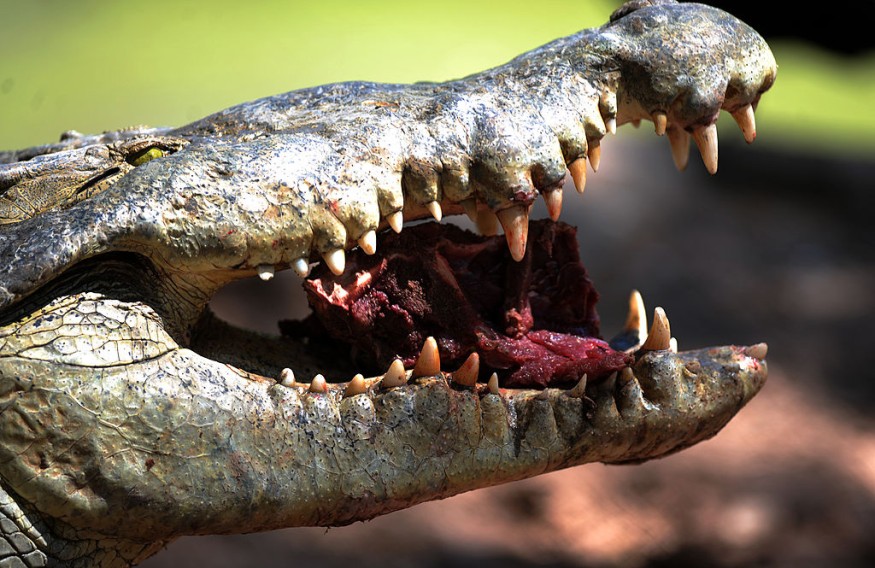
A 67-million-year-old dinosaur's skin reveals bites and gashes from an ancient crocodile. How its flesh was torn apart may answer why it got preserved since skin decays far faster than bone; preserved dinosaur skin is exceedingly rare.
Mummified Dinosaur Skin
A 7-meter (23-foot) long Edmontosaurus, a kind of plant-eating theropod dinosaur discovered near the town of Marmarth, North Dakota, in 1999, has offered information on what characteristics permitted the skin to survive the millennia, as per Flipboard.
In the interview with Stephanie Drumheller-Horton, a paleontologist at The University of Tennessee's department of Earth and planetary sciences and a coauthor of the latest analysis, she disclosed that the biting markings were somewhat surprising. It was initially assumed that muscle tissue would not protect if affected prior to burial, so the meat eater damage really got us starting to think about how the fossil evidence shape in the very first place.
Paleontologists used to believe that even a dinosaur, or any other ancient species, had to be buried quickly in order for muscle tissue to be conserved - but this was not the case with this sad hadrosaur.
The scientists claim the bite scars on the hadrosaur's arm were caused by an old relative of a crocodile, but they don't know what type of animal scratched or clenched its tail - which was likely larger. It's unclear if the wounds to its limb and tail harmed it or were caused by scavengers even after died.
Nevertheless, as reported by Headtopics, it was actually the dinosaur's tragedy that enabled its skin to survive, according to Drumheller-Horton.
To phrase it as mildly as possible, perforating the skin enabled the chemicals and liquids linked with subsequent breakdown to escape. The hollowed-out skin was left behind to dry.
67 Million Years Old Skin
Naturally mummified skin like this may remain for several weeks to months for even moderately damp conditions, and the further it lasts, the more probable it is to be buried and fossilized.
The bluish tone of the fossilized skin is not considered to mirror the color of the dinosaur's skin while it was living. However, it is possible that a high iron concentration in the rocks during the fossilization process influenced it, News Achieve remarked.
Whereas most dinosaurs are shown as green gray, it is uncertain what color most dinosaurs were. According to research on ancient dinosaur feathers, some were startlingly colorful.
This skin of a theropod, on the other hand, has revealed a lot about shape and structures of scales over the dinosaur's body, in addition to the number of muscular tissue - depending on how expansive the skin is in that region.
Furthermore, according to study, flesh decays far more quickly than bones, thus alternative and less typically seen mechanisms are required to conserve the skin longer sufficient to be deposited and preserved.
Experts estimated that there were no more than 20 authentic dinosaur mummies, with entire to almost complete sets of soft tissue remnants.
While in a correspondence send to CNN, expert noted that to set everything in context, they uncovered scores of specimens in their work time frame, however just one of them featured skin projections (an imprint of the skin, not the actual retained skin itself), and that they have never previously encountered one that included the skin petrified.
Related article : Divine 'Miracle' and Vegetarian Crocodile in Indian Temple Dies at 75
© 2025 NatureWorldNews.com All rights reserved. Do not reproduce without permission.





